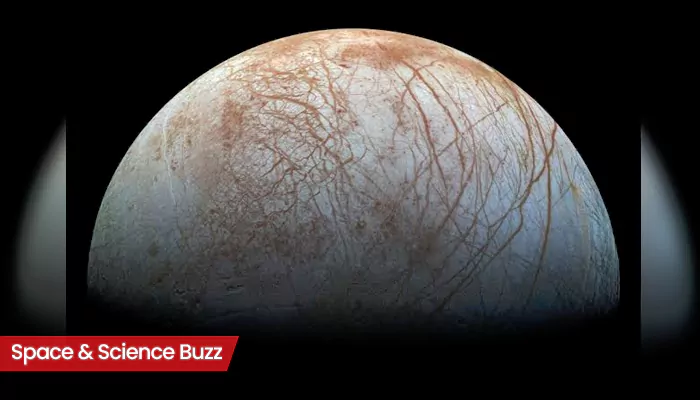On This Day: Oct 19: Birth anniversary of Indian-American astrophysicist Subrahmanyan Chandrasekhar, who won the Nobel Prize
- Admin
- 4 months ago
- 4 minutes read

Subrahmanyan Chandrasekhar's most significant contribution in the field of astrophysics is demonstration of evolutionary stages of massive stars.
On this day, 19th October, the great Indian-origin researcher was born. In this article, we will discuss about his life, research and his impact on modern day astrophysics.
Early life and education:
Subrahmanyan Chandrasekhar was born in Lahore region of undivided India (now in Pakistan) in 1910.
He was the nephew of Sir Chandrasekhara Venkata Raman, who was also a Nobel laureate. Meanwhile, his uncle Venkata Raman was the first Indian to receive Nobel prize in physics. Chandrasekhar received his preliminary education at Presidency College, in the University of Madras, and in prestigious Trinity College, Cambridge during 1933 to 1936.
Since childhood, he was regarded as Chandra for his prodigious approach in science. By the age of 20, he published his first paper and developed his own theory of the evolution of star. For his excellency, Chandrasekhar was appointed as a deputy professor at the age of 26, in the University of Chicago. He mostly spent his career there. Later, He was selected to serve the prestigious Royal Society of London, which was the world’s oldest scientific organizationat a very young age of 34. He received U.S. citizenship in 1953.
Chandrashekhar's contribution in Astrophysics:
By 1930s, astrophysicists had concluded that, "after converting all of their hydrogen to helium, stars lose energy and contract under the influence of their own gravity. These stars, known as white dwarf stars, contract to about the size of Earth, and the electrons and nuclei of their constituent atoms are compressed to a state of extremely high density."
However, Chandrasekhar came up with a miscellaneous idea. He determined a specific limit, now regarded as the 'Chandrasekhar limit', which states that "a star having a mass more than 1.44 times that of the Sun does not form a white dwarf but instead continues to collapse, blows off its gaseous envelope in a supernova explosion, and becomes a neutron star. An even more massive star continues to collapse and becomes a black hole."
His calculations largely contributed to the understanding of supernovas, neutron stars, and even black holes. Chandrasekhar had this idea in mind since his voyage to England in 1930. However, this concept faced a strong opposition from English astronomer Arthur Eddington. It took several years to get his idea accepted by scientific community.
Besides this, Chandrasekhar also worked on the 'theory of colliding gravitational waves'. His mathematical formula of stellar evolution led current estimation of numerous theoretical models of the later evolutionary stages of massive stars as well as black holes.
Awards and books:
Chandrasekhar received Gold Medal of the Royal Astronomical Society in 1953. In the year 1962, he received the Royal Medal of the Royal Society followed by the Copley Medal of the Royal Society in 1984. With William A. Fowler, Chandrashekhar won the 1983 Nobel Prize for Physics.
Some of his books on astrophysics which are still popular includes An Introduction to the Study of Stellar Structure (1939), Principles of Stellar Dynamics (1942), Radiative Transfer (1950), Hydrodynamic and Hydromagnetic Stability (1961), Truth and Beauty: Aesthetics and Motivations in Science (1987), and Newton’s Principia for the Common Reader (1995). His famous book entitled The Mathematical Theory of Black Holes (1983) provided an idea about black hole and stellar atmosphere.
Trivia:
NASA’s premier X-ray observatory was named as 'Chandra X-ray Observatory' in his honour.
During the second World War, he did some research for the US Army, and later was invited to join the famous Manhattan Project which led to the discovery of world’s first nuclear bomb. However, a delay in security clearance prevented him from joining Oppenheimer in this project.
By seeing his uncle winning nobel prize, he dreamt of winning one too, worked hard, got support and again betrayed by friends like Eddington, faced rejection by society, again started from scratch and eventually received Nobel prize. Chandrashekhar's life can be described by hope, friendship, betrayal, unputdownable courage, strong intent, and ultimate triumph.




.WEBP)







